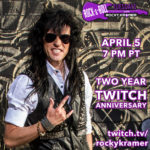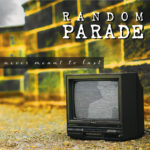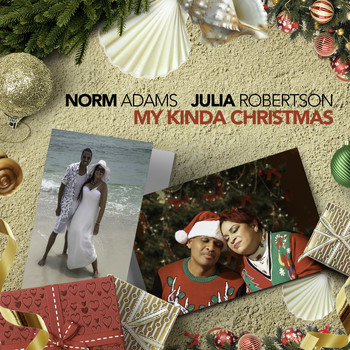Bettman & Halpin’s “Timeless” (LP)
A folksy elegance precludes every magical melodic moment to be heard in Bettman & Halpin’s rendition of “It’s Only a Paper Moon,” and while the structure of this composition is as imaginatively straightforward as it gets, it doesn’t feel devoid of color often found in the more indulgent strains of pop music. Bettman & Halpin are playing a lot of classics in their new album Timeless, due to be released this April 30th everywhere quality indie music is sold and streamed, but they aren’t presenting us with stock recreations of familiar tracks in “Blue Skies” and “Autumn Leaves.” Their taste for jazz eclecticisms is impossible to conceal in this piece, which includes eleven songs that live up to the album’s title alongside three original compositions well on their way.
URL: https://www.bettmanandhalpin.com/
“How Did You Get in My Heart” is the first of the original trio that we come across in the tracklist, and it follows up on the dark hue of “Autumn Leaves” rather breathtakingly in my opinion. “Accentuate the Positive” features a rather eccentric arrangement in comparison to what I’m used to hearing out of cover versions of the iconic song, but I wouldn’t say that it’s removed from the overall aesthetical theme of the record as a whole. Whether it’s the lucid harmony of the chorus in this track or the eager squeal of the strings in “All of Me,” every intricate detail in Timeless is meant to express something to us, which speaks volumes about the value Bettman & Halpin place on communication via their art.
It might not be as provocatively stylized as “How Did You Get in My Heart” is, but “What a Lovely Day” shows off a lot of songwriting skill on Bettman’s part as well. “Summertime” and “Miss Otis Regrets” are certainly the most sonically indulgent works on this record, next to the rather excessive “Cry Me a River,” but none of the three songs sound like they don’t belong in this collection of material. “Moon River” has a diamond of a vocal nestled beneath somewhat basic string play, and the harmonies it yields are perhaps the most beautiful of any you’re going to hear in Timeless. It’s immediately followed with “It Don’t Mean a Thing,” and no matter how many times you’ve heard this tune before, the way Bettman & Halpin approach it here is as refreshing as it is exciting.
APPLE MUSIC: https://music.apple.com/us/artist/bettman-halpin/980379946
“Nature Boy” and the original track “When We’re Together” represent the two artistic halves that make up the core artistic premise behind this act’s concept for Timeless, and if they’re giving us a glimpse into what the future still has in store for their discography, Bettman & Halpin’s reign over the indie world is just getting started. Timeless isn’t the most experimental album of its kind, but its multifaceted construction and constant melodic charms are just too devilishly addictive to step away from unchanged. There’s too much talk about a so-called retro movement in alternative folk and crossover jazz at the moment; with an LP like this one, it’s obvious that there’s nothing retro about the marvelous features of a classic sound.
Michael Rand







